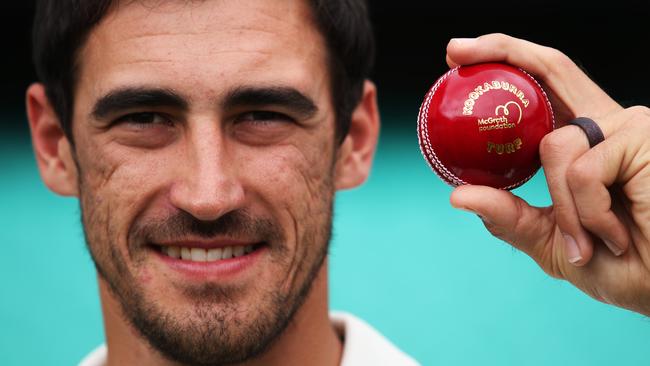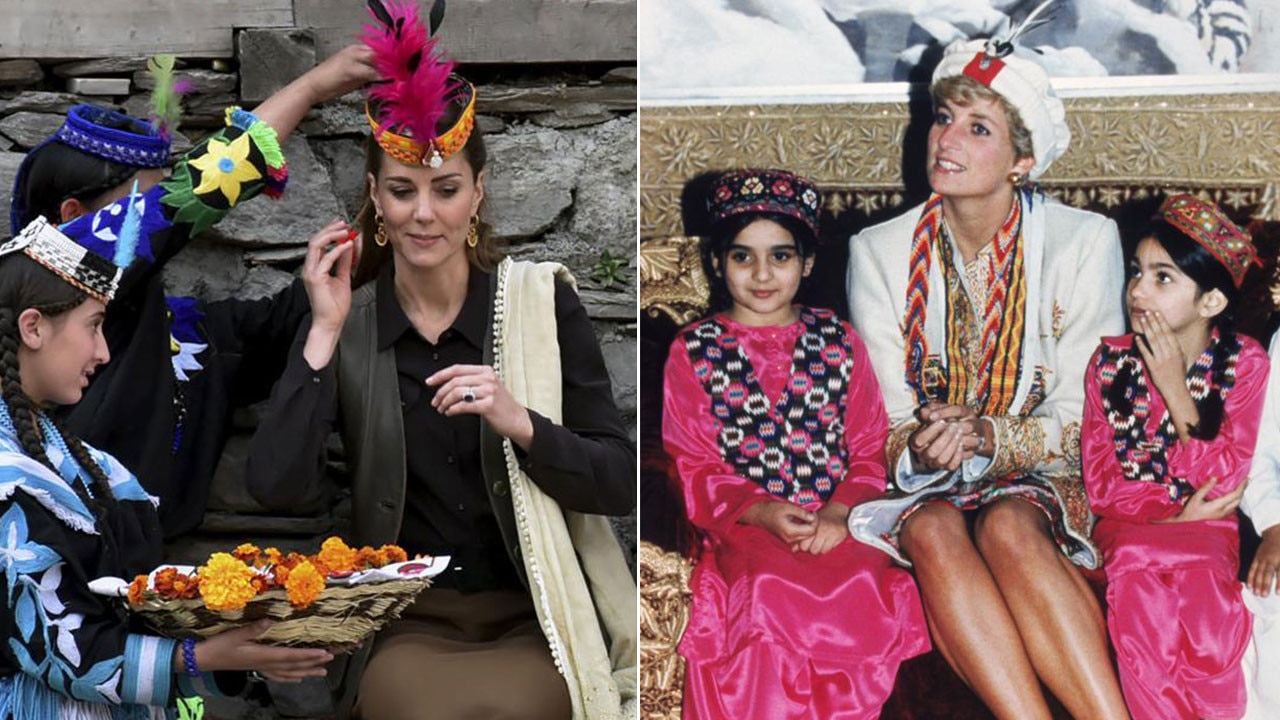Cricket headed for Test ball overhaul
Shane Warne is leading a campaign that could lead to the extinction of Australia’s Kookaburra. The ball, not the bird.

Australia’s beloved Kookaburra is an endangered species. The ball, not the bird, has been subject to criticism from local cricket legends for some time, but now Shane Warne is leading a campaign that could lead to the extinction of the local product.
The leg spinner who took so many wickets with the homegrown product is part of a Marylebone Cricket Club committee that recommended yesterday that the game look at using a standard ball in all Test matches.
The Kookaburra is used in Australia and at least five other countries, but the Dukes is used in England and the West Indies, and an SG in India. Bangladesh alternates the ball, seemingly using the least familiar brand to the nationality of the visiting side.
The recommendation of the MCC’s World Cricket Committee comes on the eve of the introduction of a two-year Test Championship, which begins with the Ashes in England this year and under which countries accumulate points from the series they play leading into a final.
Mobile users click here to view pdf
The MCC committee makes recommendations to the International Cricket Council. Warne, while not nominating which brand should be used, called for a shift to Dukes in 2015 and has been critical of the Kookaburra in the past.
“Whatever ball that is, that everyone deems the best — that does something, it seams, it swings, it keeps its shape for the longest period of time,” Warne said after the committee meeting in India.
Sri Lankan great Kumar Sangakkara, who is also on the committee, backed the call.
“Whatever ball that is, especially with the Test Championship coming up, if everyone plays with the … same ball, I think it’s a more equal playing field so you really do get (to find out) what is the best Test team in the world,” the batsman said.
The Kookaburra’s sacred place in Australian cricket was already under challenge, with a shift in recent years to the Dukes for half of the Sheffield Shield season. That move was made in response to criticism of local batsmen when facing those balls, which swing more, on tours of England.
The Dukes used in Australia, however, have been adapted for the more abrasive local conditions.
Kookaburra was not impressed by the development and was dubious about the ability of authorities to find a ball and agree to its use before the Test Championship begins in August.
“Kookaburra currently make a standardised ball — the same ball is used for Tests across Australia, New Zealand, South Africa, Sri Lanka, Zimbabwe, Pakistan (UAE) and Bangladesh, it’s adaptable to a range of conditions and allows all elements of the game (bat, pace bowling, spin bowling) to shine,” a spokesman said.
“We know that other manufacturers make different versions of their ball for different countries and conditions, which is contradictory of the concept of standardisation, so if there was a move to true ball standardisation we are most prepared for it.”
The Kookaburra ball was first manufactured by Alfred Grace Thompson, a saddle maker who re-skilled when the motor car became popular. The Kookaburra became the ball of choice in Australia, New Zealand and South Africa in the mid-1940s.
Local batsman may not be as keen on the Dukes uniform reintroduction. The Dukes, which is manufactured by British Cricket Balls Ltd, has proved hard to play in the current Sheffield Shield round. In the game between Queensland and South Australia in Brisbane, the sides recorded scores of 115, 71, 130 and 131, and the highest individual score was 42.
The swinging Dukes ball caused havoc in Sydney, where 17 wickets fell on the first day of the Sheffield Shield.
THREE TYPES USED AROUND THE WORLD
Kookaburra: Used in matches played in Australia (where it is made), New Zealand, South Africa, Pakistan, Sri Lanka, Bangladesh and Zimbabwe.
Kookaburra balls are machine-stitched and have a less prominent seam than Dukes balls. They may swing for up to 20 overs or so but the seam deteriorates, the leather scuffs up quickly and they become soft.
Dukes: Made in England and used in matches played in Britain and the West Indies. They have a more prominent, hand-stitched seam and do not deteriorate as quickly.
The seam can hold its shape for much of the 80 overs before the new ball is available, offering swing for bowlers.
SG: Manufactured in India and used in matches played there. It has the most upright and prominent seam but swings only for about ten overs in subcontinental conditions and loses its shine quickly, although the seam remains intact for up to 90 overs, making reverse swing possible after 40 to 50 overs.
Spinners can also get considerable drift in the air and grip off the pitch when the ball lands on the seam.
With The Times


